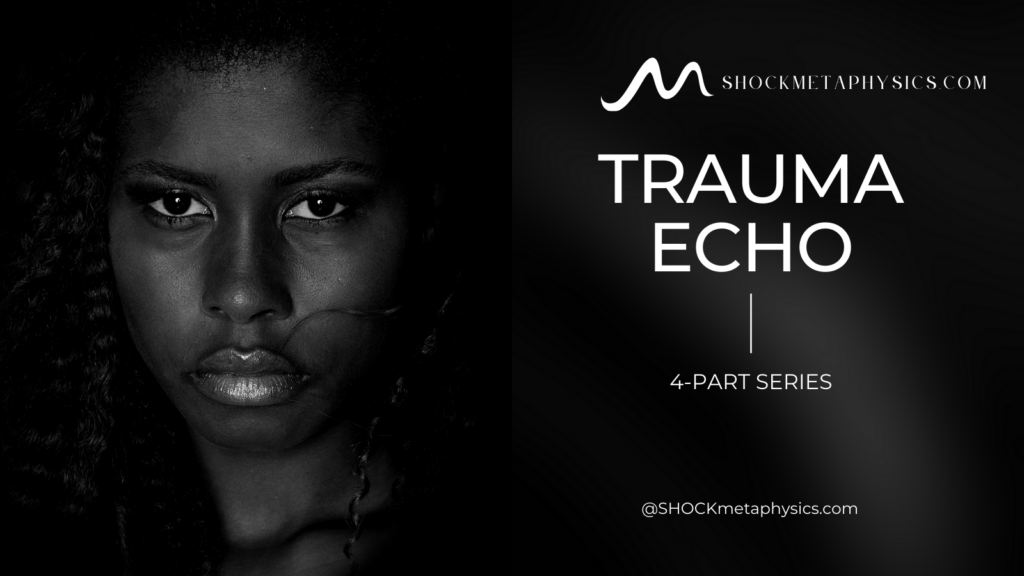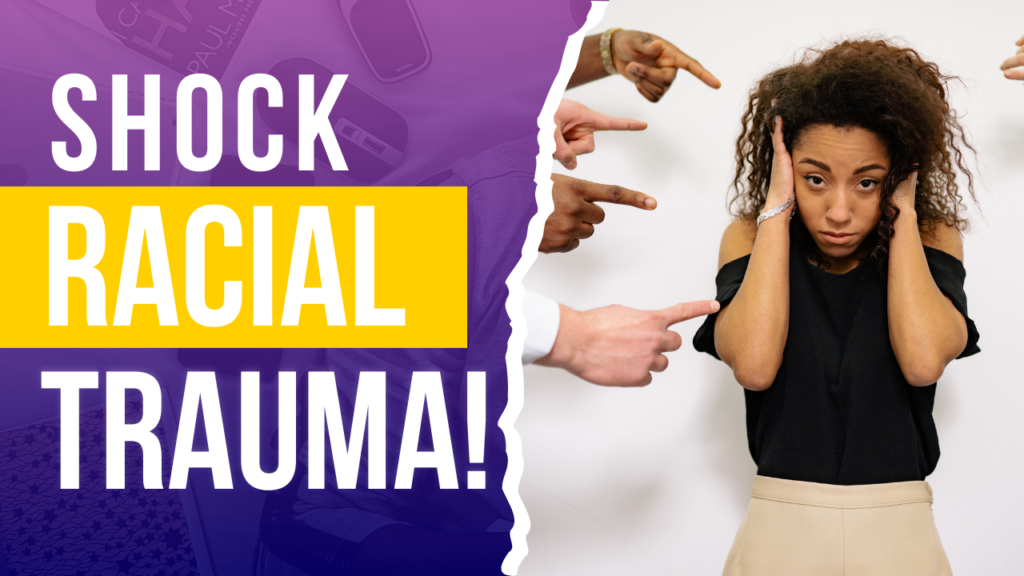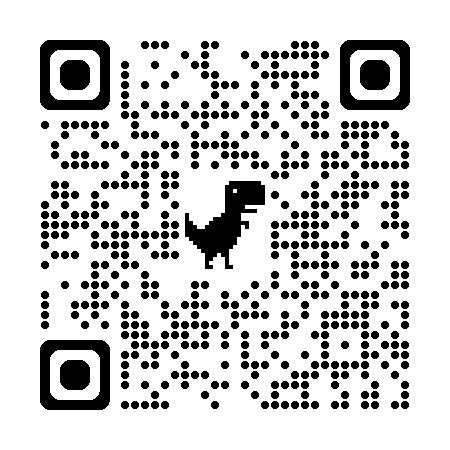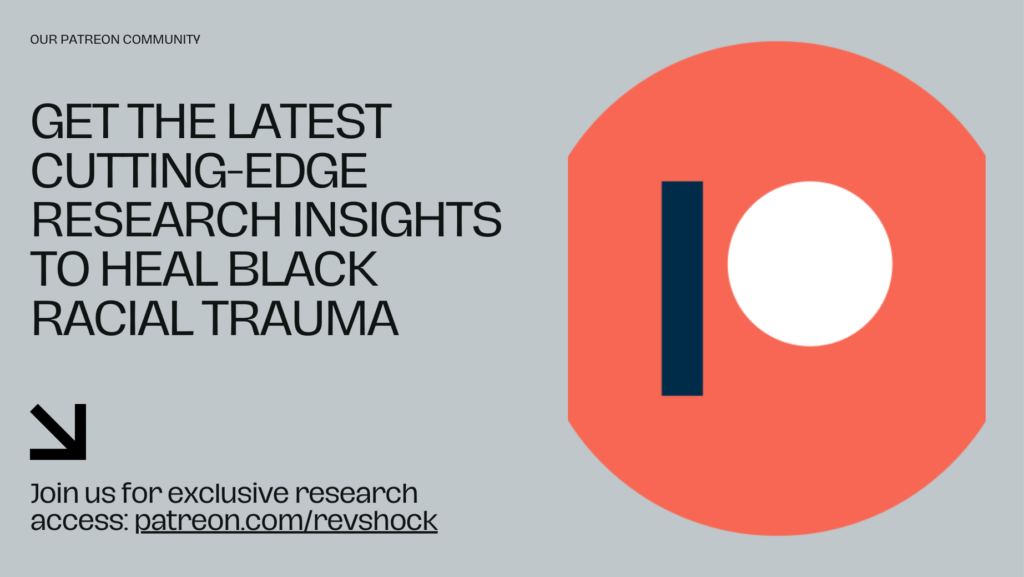
Powered By BlackTraumaGPT.com
Researched and Curated By Rev. Dr. Philippe SHOCK Matthews
(Black Trauma and Mental Health Specialist | Prompt Eng | GPT Dev | Research Scientist | Africana Phenomenologist | Black AI Corsortim co-Founder | Black Mental Health Podcast Host)
Introduction: The Ripples of Time
Trauma doesn’t simply fade away like footprints in the sand. Instead, it reverberates through time like waves in a deep ocean, touching shores far from its origin. This phenomenon—known as trauma echo—shapes not only individual lives but entire families, communities, and societies in ways we are only beginning to understand.
This four-part series explores the complex and fascinating world of trauma echo. We examine how past experiences influence present moments, how historical wounds shape current realities, and, most importantly, how understanding these patterns can lead to healing and transformation.
What you’ll discover in this series:
Part 1: The Foundation and Science of Trauma Echo We begin by exploring the biological and neurological underpinnings of trauma echo, examining how traumatic experiences leave their mark not just on our minds but on our very DNA.
Part 2: The Interpersonal Dimension We delve into how trauma echo moves through families and communities, shaping relationships and patterns of interaction across generations.
Part 3: Cultural and Societal Manifestations We expand our view to examine how trauma echo operates at the broadest levels of human organization, influencing institutions, cultural practices, and social systems.
Part 4: Healing and Transformation We conclude by exploring practical approaches to breaking the cycle of trauma echo, integrating insights from all levels—individual, interpersonal, and societal.
This series is for anyone seeking to understand the deeper patterns that shape our individual and collective experiences. Whether you’re a mental health professional, a community service worker, or simply curious about how past experiences influence present realities, you’ll find valuable insights in these pages.
As we begin this exploration, remember that understanding trauma echo isn’t just about recognizing patterns of pain—it’s about discovering pathways to healing that can transform lives and communities for generations to come.
Part 1: The Foundation and Science of Trauma Echo

Imagine throwing a stone into a still pond. The ripples extend outward, touching everything in their path, growing fainter but never genuinely disappearing. This is the essence of trauma echo—a phenomenon where traumatic experiences continue to reverberate through time, affecting not just individuals but entire families, communities, and generations.
In this first installment of our four-part series, we’ll explore the fundamental nature of trauma echo and the scientific mechanisms that allow trauma to persist and propagate across time and space.
At its core, trauma echo represents the persistent imprint of traumatic experiences that continue to influence behavior, emotions, and even physical responses long after the original event has passed. This isn’t simply about memory or psychological aftermath—it’s about how trauma literally reshapes our neural pathways, alters our genetic expression, and transforms our ways of relating to the world.
The science behind trauma echo is fascinating and multifaceted. Recent research in epigenetics has revealed that traumatic experiences can actually modify how our genes are expressed, potentially affecting future generations. These modifications don’t change the DNA sequence itself but rather influence how genes are turned “on” or “off.” Studies of Holocaust survivors and their descendants have shown that children of survivors often carry biological markers of trauma-related stress despite never having experienced the original traumatic events themselves.
The neurobiological aspects of trauma echo are equally compelling. Trauma fundamentally alters the brain’s architecture, particularly in regions responsible for emotion regulation, memory processing, and threat detection. The amygdala—our brain’s fear center—becomes hypervigilant, while the hippocampus, crucial for contextualizing memories, may actually shrink in response to chronic stress. These changes create a biological echo chamber where past traumas influence present-day responses.
What makes trauma echo particularly insidious is its ability to manifest in subtle ways that might not be immediately recognizable as trauma-related. Someone might experience inexplicable anxiety in certain situations, develop seemingly irrational fears, or struggle with relationships without consciously connecting these challenges to past traumatic experiences—either their own or those inherited from previous generations.
The temporal aspect of trauma echo is particularly fascinating. Unlike a simple cause-and-effect relationship, trauma echo operates in a nonlinear fashion, with impacts that can skip generations or emerge in unexpected ways. For example, a grandparent’s experience of war might manifest in a grandchild’s approach to conflict resolution, or a community’s historical trauma might influence its members’ health outcomes decades later.
Understanding the biological mechanisms of trauma echo has revolutionary implications for treatment approaches. Traditional therapy often focuses on the conscious processing of traumatic memories. Still, this new understanding suggests the need for more holistic strategies that address both the psychological and physiological aspects of trauma. Somatic therapies, which focus on the body’s stored trauma responses, and interventions that target the nervous system’s regulation have shown promising results in addressing these more profound, more persistent aspects of trauma.
Moreover, the science of trauma echo helps explain why specific therapeutic approaches work better than others. For instance, practices like mindfulness and body-based therapies aren’t just coping mechanisms—they help rewire the neural pathways affected by trauma and can potentially influence epigenetic expression. This understanding has led to more effective, scientifically grounded treatment protocols that address trauma at multiple levels.
The implications of this understanding extend beyond individual therapy into public health and social policy. If trauma can echo across generations, then addressing trauma becomes not just a matter of individual healing but of public health and social justice. This perspective calls for preventive approaches and systemic interventions that consider the long-term, intergenerational impacts of traumatic experiences.
As we conclude this first part of our series, it’s crucial to recognize that understanding trauma echo isn’t just an academic exercise—it’s key to breaking cycles of trauma that have persisted across generations. By understanding the scientific mechanisms behind trauma echo, we can better appreciate why certain approaches to healing work and develop more effective strategies for addressing trauma at both individual and collective levels.
In our next installment, we’ll explore how trauma echo manifests in families and communities, examining the specific ways trauma is transmitted across generations and through social networks. We’ll explore patterns of interaction, communication styles, and relationship dynamics that carry the imprint of past trauma and discuss how understanding these patterns is crucial for breaking the cycle.
———————
Brought To You By…

If nothing is wrong with you and something happened to you…are you ready to find out what to do about it? Shock Trauma Spiritual Counseling Discovery Call | BlackTraumaGPT.com: Beginner’s User Guide | Programming chatGPT for Black Self Mental Health, Trauma, and Healing.
May These Words Of Power Inspire You To Greatness!
Nothing Is Wrong With Black People…Something Happened to Black People by The Metaphysical Morpheus
— AVAILABLE ON SPOTIFY, ITUNES & APPLE MUSIC, AMAZON MUSIC and IHEARTRADIO ♫.
———————

“I just completed a brief session with ChatGPT-Black Trauma. Wow! The responses I got were soooooo helpfu!.” — John Jackson (Patreon Member)
At BlackTraumaGPT.com, we aim to foster healing, understanding, and empowerment within Black communities by providing culturally sensitive education, insights, and mental health resources. We aim to deepen the collective awareness of Black trauma’s historical roots and its contemporary manifestations while guiding individuals and communities toward paths of self-care, resilience, and holistic healing. By leveraging the wisdom of Africana phenomenology and the expertise of Black scholars, we support the transformation of trauma into strength, encouraging collective growth and thriving.
IT’S TIME TO BREAK BLACK TRAUMA! Heal Thyself @ BlackTraumaGPT.com http://blacktraumagpt.com/ ASK THE QUESTION(S)!
———————
Get Social with Doc SHOCK:
PATREON | ABOUT DR. SHOCK | FLY SOLO | ACADEMIC BIO | BLOG | BLACK TRAUMA PODCAST | ENDORSEMENT | THREADS | IG | FB PAGE | PRIVATE GROUP | X | LINKEDIN | TIKTOK | PINTEREST | BLACK TRAUMA GPT | BLACK AI CONSORTIUM | BOOKS BY DOC SHOCK


3 thoughts on “Understanding Trauma Echo: A Four-Part Series”